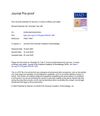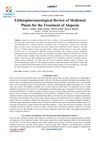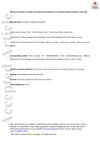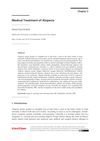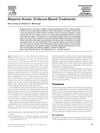Characterization and Management of Hypertrichosis Induced by Low-Dose Oral Minoxidil in the Treatment of Hair Loss
September 2020
in “
Journal of The American Academy of Dermatology
”
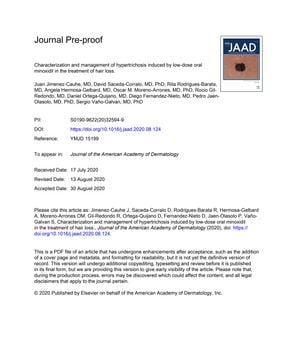
TLDR Low-dose oral minoxidil for hair loss can cause mild excessive hair growth, usually appearing within the first 3 months, but it can be managed by adjusting the dose or removing the unwanted hair, with most people not needing to stop the treatment.
The study conducted from January 2019 to June 2020 involved 105 patients treated with low-dose oral minoxidil (LDOM) for hair loss. The research aimed to understand the characteristics and management of hypertrichosis, a condition of excessive hair growth, induced by LDOM. The average dose of LDOM was 1.07 mg daily, and hypertrichosis typically appeared 2.05 months after starting the treatment. Hypertrichosis was generally mild, with 90% of patients having a total hypertrichosis score (HS) less than 10. The most affected areas were the sideburns (81%) and temples (73%). While 39% of patients were not bothered by the excessive hair growth, 61% chose to remove the unwanted hair. A decrease in the LDOM dose was required for 23% of patients due to hypertrichosis, with 83% of them seeing improvement. Only 4% of females stopped the treatment due to hypertrichosis. The study concluded that LDOM-induced hypertrichosis usually appears within the first 3 months of therapy, is generally mild, and can be managed with dose adjustment or hair removal, without needing to discontinue the treatment in most cases.
